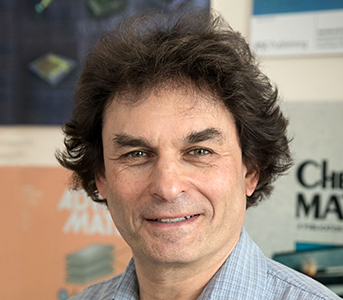
On Friday, March 20, 2026,
the UCLA Department of Chemistry & Biochemistry
awarded the Glenn T. Seaborg Medal to
Richard B. Kaner
University of California, Los Angeles
Department of Chemistry and Biochemistry
Event Schedule (tentative)
Poster Session
Symposium
Reception and Dinner
CNSI Lobby
CNSI Auditorium
UCLA Carnesale Commons – Palisades Ballroom
12:00 pm – 1:00 pm
1:00 pm – 5:30 pm
6:00 pm – 9:00 pm
Dinner Registration
2026 Seaborg Symposium Speakers
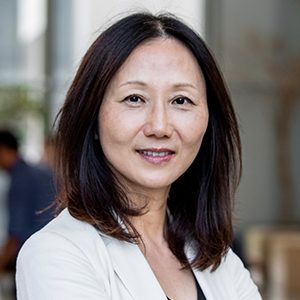
Prof. Zhenan Bao
Stanford University
Department of Chemical Engineering
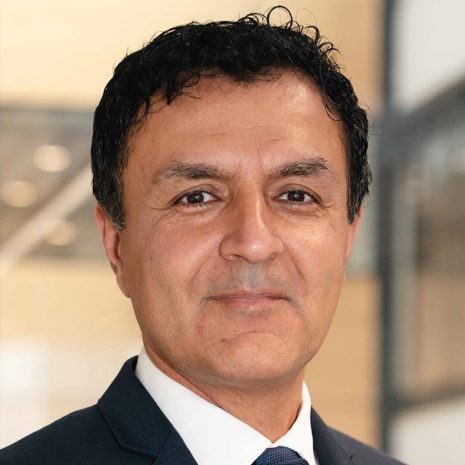
Prof. Kourosh Kalanter-Zadeh
The University of Sydney
School of Chemical and Biomolecular Engineering
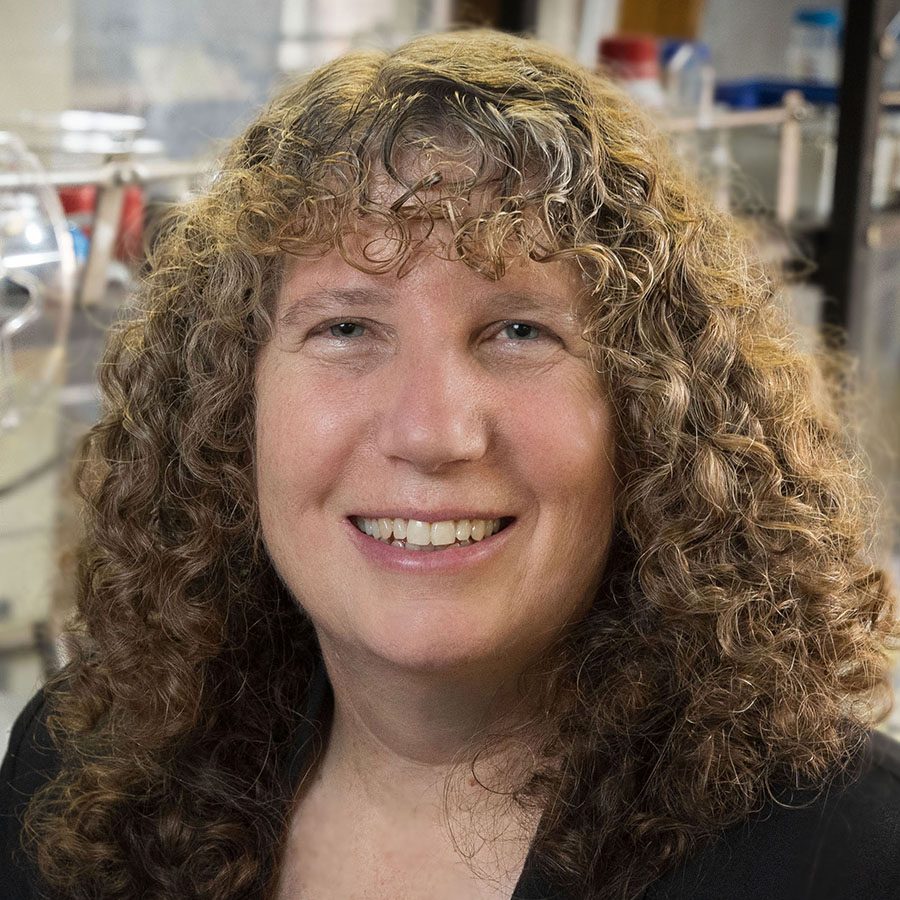
Prof. Sarah Tolbert
University of California, Los Angeles
Department of Chemistry and Biochemistry
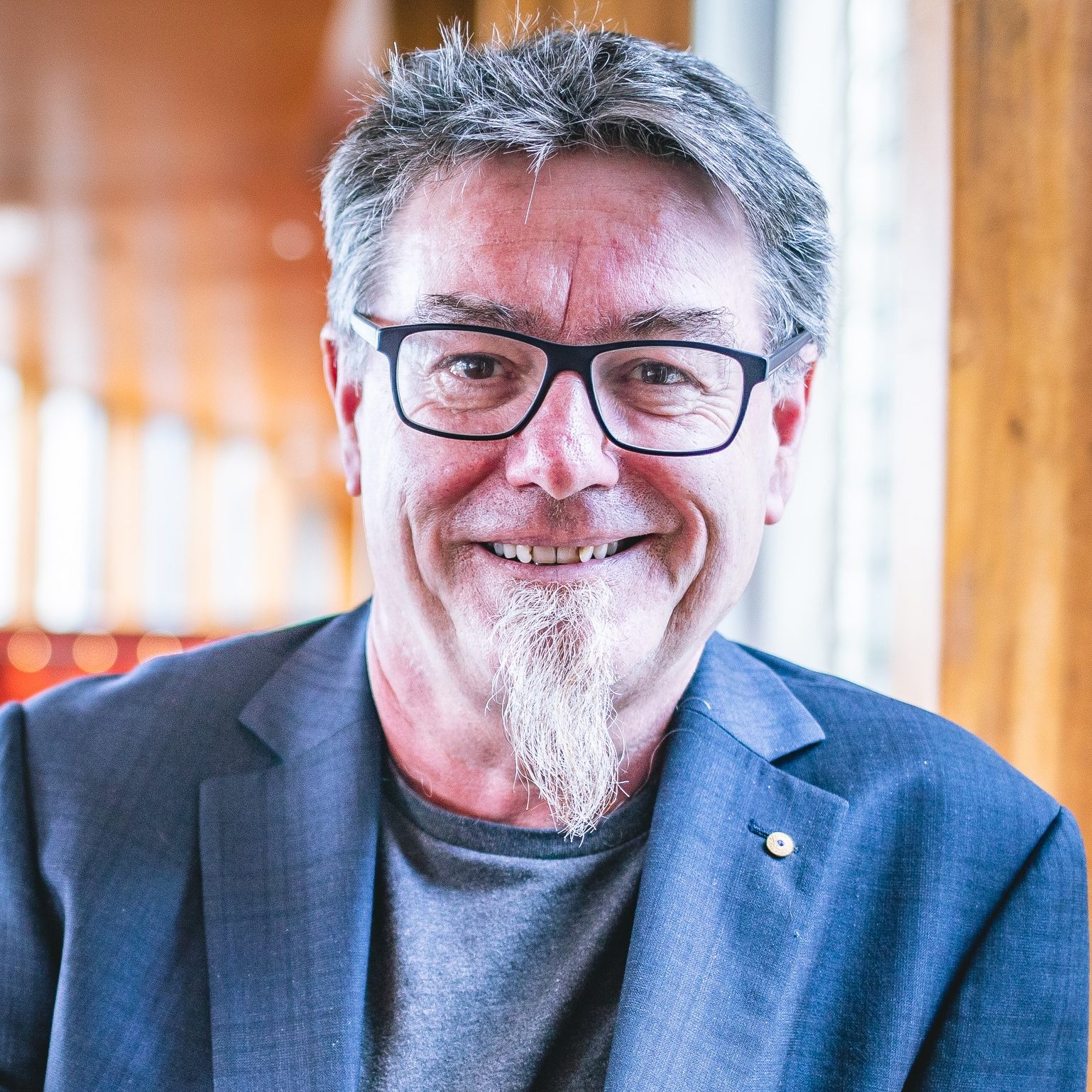
Prof. Gordon Wallace
University of Wollongong
Australian Institute for Innovative Materials

Prof. Fred Wudl
University of California, Santa Barbara
Department of Chemistry and Biochemistry
